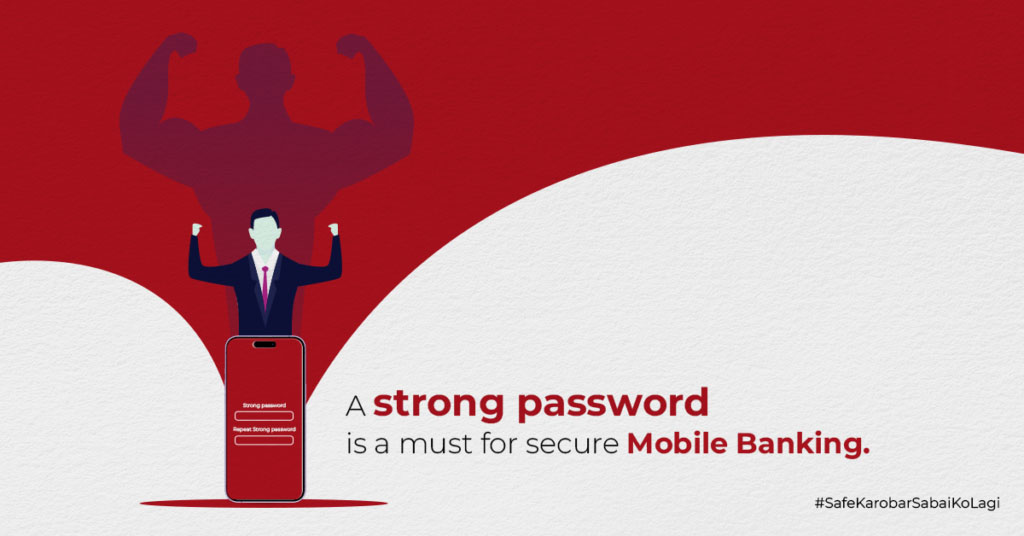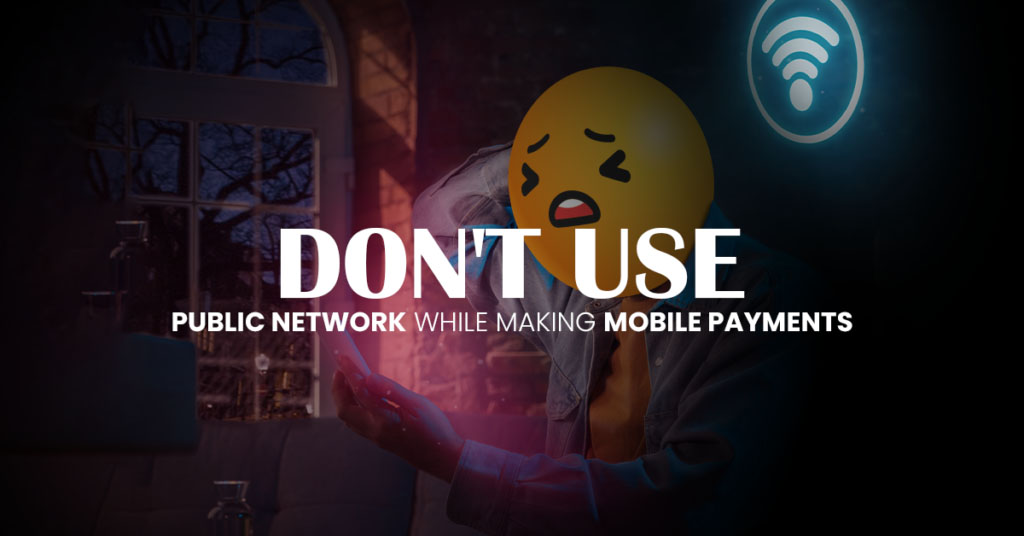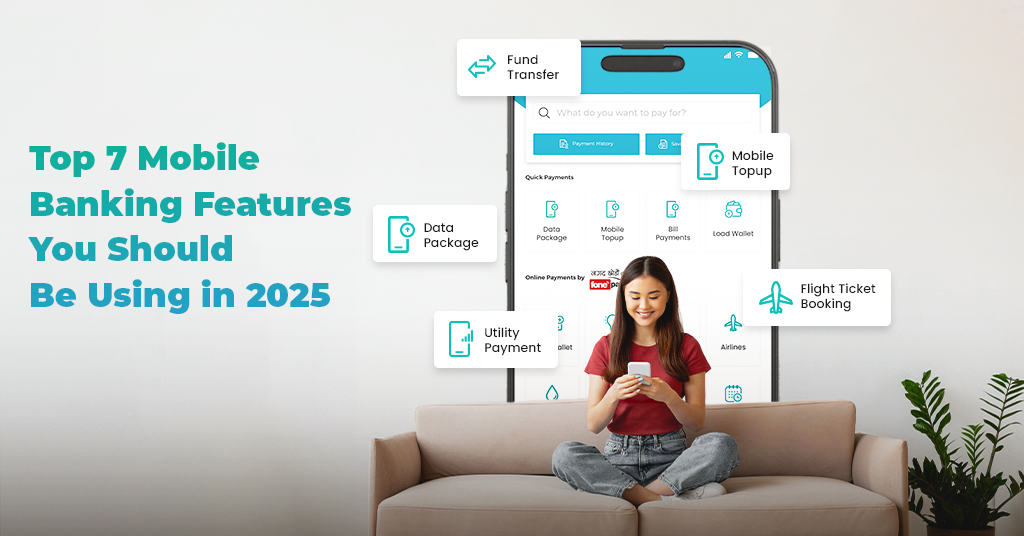Ever since the introduction of smartphones in the early 2010s, phones have advanced in features and are quickly changing people’s lifestyles.
In today’s digital era, smartphones are a part of everyday modern life. From emails to selfies to social media, we rely heavily on smartphones. Over the past few years, the number of people using smartphones is growing exponentially. The availability of budget android smartphones in Nepal’s market around 2014 has also spiked the users of smartphones.
“As per the reports from National Census 2022, 73% of Nepalese own a smartphone.”
Beyond traditional voice calls and text messaging, smartphones have become powerful devices for accessing the internet, social media, email, and various other digital services. Having said that, mobile phones are also heavily used for digital transactions.
People have been using their mobile phones more frequently in recent years, not just to conduct daily banking but also to make payments using e-wallets and mobile banking applications. Smartphone users don’t even need to take their wallets out to make a purchase. One can simply pay the bills by scanning the phone screen. Mobile payments have significantly gained popularity as a result of the widespread use of smartphones and the increased convenience they provide. Additionally, mobile payments have emerged as a revolutionary way to conduct financial transactions, reshaping the way of making payments. It also eliminates the need for cash or payment methods like credit or debit cards.
Rise of Mobile Payment in Nepal
Mobile payments have witnessed significant growth and transformation worldwide, including in Nepal. The initial concept of using mobile devices for payments dates back to early 2004, with the introduction of the first SMS Mobile Banking by Laxmi Bank. However, the widespread adoption of mobile payments began with the introduction of mobile wallets and payment apps. The journey of mobile payments in Nepal began with the introduction of the mobile wallet, eSewa in 2009 by F1Soft International. With the help of a mobile wallet, it enables users to store funds digitally and conduct transactions through smartphones.
The advent of smartphones, increased internet access, and the widespread use of digital wallets have completely changed the ways individuals do financial transactions in Nepal. To further enhance the adoption of mobile payments, eSewa has collaborated with banks and financial institutions. These partnerships allowed users to link their bank accounts to their mobile wallets, facilitating seamless fund transfers between accounts and wallets.
Likewise, QR code technology has also played a vital role in the rise of mobile payment in Nepal.

Established in 2019, Fonepay QR payment took initiation for the qr payment in Nepal. With the help of mobile banking apps and wallets, users can simply scan merchant QR code and initiate payment quickly. QR payment technology has simplified the payment process and made mobile payments even more appealing to users. Users can pay utility bills, recharge mobile balances, and even make online purchases through their mobile banking apps.
“As per our latest data, there are over 18 million mobile banking app users resulting in 1 million+ transactions and $47 million transaction amount every day.”
Benefits of Mobile Payments
Mobile phones have been a basic need for our day-to-day life in this digital era. It has made people’s lives easier. Mobile payments are becoming more popular as a result of all the advantages they provide to users. Firstly, mobile payments offer convenience and ease of use. With a smartphone in hand, users can make payments anytime, anywhere, without the hassle of carrying physical wallets or searching for cash or cards. Furthermore, mobile payments enable faster and more efficient transactions. Traditional payment methods often involve cumbersome processes, such as swiping cards, entering PINs, or signing receipts. In contrast, mobile payments streamline the checkout process, reducing waiting times and enhancing the overall customer experience.

Overcome Threats Involved In Mobile Payments
Mobile payments have changed the ways individuals do financial transactions in Nepal. Additionally, the reason behind the exponential growth of mobile payments is due to the wide acceptance by merchants. Businesses ranging from small shops to large retailers have embraced mobile payment. This widespread acceptance has made it convenient for consumers to pursue mobile payments at various points of sale.
While mobile payments offer numerous benefits, they also raise concerns regarding digital transaction security. As financial transactions become more digitalized, it is crucial to protect sensitive data and ensure privacy. One of the main security concerns with mobile payments is the risk of data breaches and hacking. Cybercriminals are constantly seeking vulnerabilities in payment systems to gain unauthorized access to user information, including credit card details and personal data. A successful data breach can lead to identity theft and financial loss.
Another concern is the possibility of unauthorized access to personal information stored on mobile devices. If a device is lost or stolen, sensitive data can be compromised. Malware and phishing attacks also pose a significant threat to mobile payment security. Malicious apps or websites can trick users into revealing their personal information or redirect them to fraudulent payment portals.
Ensuring Secure Digital Transactions
In today’s digital age, online transactions have become an integral part of our lives. Whether it’s shopping, banking, or transferring funds, the convenience and speed of digital transactions are undeniable. As more people rely on digital platforms for financial transactions, there might also be a chance for a high cyber threat. Thus, it is important to ensure the security of each transaction to protect from cyber threats. Here are some tips for ensuring secure digital transactions.
1. Strong Password and Two Factor Authentication
Using strong and unique passwords is the first step toward ensuring secure digital transactions. Setting a password that is common or easily guessable such as your birthdate or sequential numbers should be avoided. Instead, create complex passwords with a combination of uppercase and lowercase letters, numbers, and special characters. Additionally, enabling two-factor authentication provides more security by requiring a verification code typically sent to your mobile device.

2. Educate on Online Scam and Fraud
To ensure a secure digital transaction, it is vital to educate people about the risks of online scams. Phishing emails and fraudulent websites are commonly used to manipulate people for online scams. Thus, to make people aware of online threats F1Soft International have introduced a platform, UseMobileBanking. This platform promotes general consumers to use mobile banking applications for digital payments and also continuously educating users regarding the risk involved in digital payment. F1Soft International has also launched several campaigns through this platform including #SafeKarobarSabaiKoLagi to make people aware of digital threats.
3. Secure Network Connection
While making mobile payments, it is crucial to avoid using public Wi-Fi networks. Public networks are often unsecured, making it easier for hackers to intercept sensitive information. Thus, to ensure a secure digital transaction you should make sure that your network connection is secured.

4. Use a Secured Payment Method
When choosing a payment method for digital transactions, prioritize secure options. eSewa, a digital wallet provides an option for Secure Transfer Method which adds an extra layer of security. Secure Transfer Method allows users to file a dispute against fraudulent charges which allows users to get their money back.
In conclusion, the rise of mobile payments has totally changed the way we conduct financial transactions, offering both convenience and speed. As more individuals and businesses have shifted towards a digital platform for financial transactions, ensuring the security of these transactions is essential. By implementing the tips like using strong passwords, enabling two-factor authentication, and being cautious of phishing attacks, threats associated with mobile payments can be overcome.




